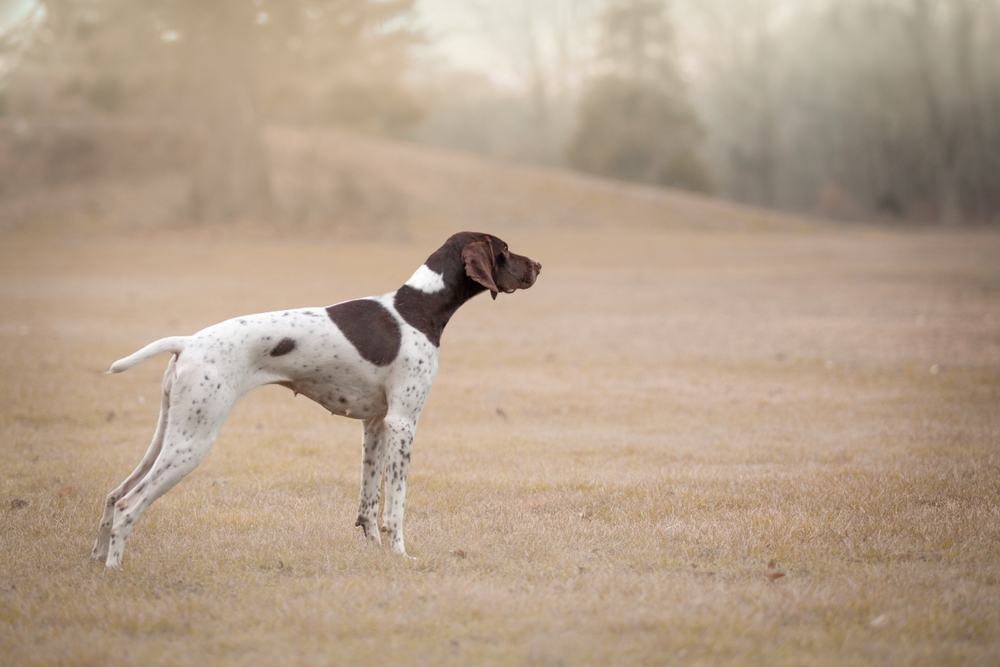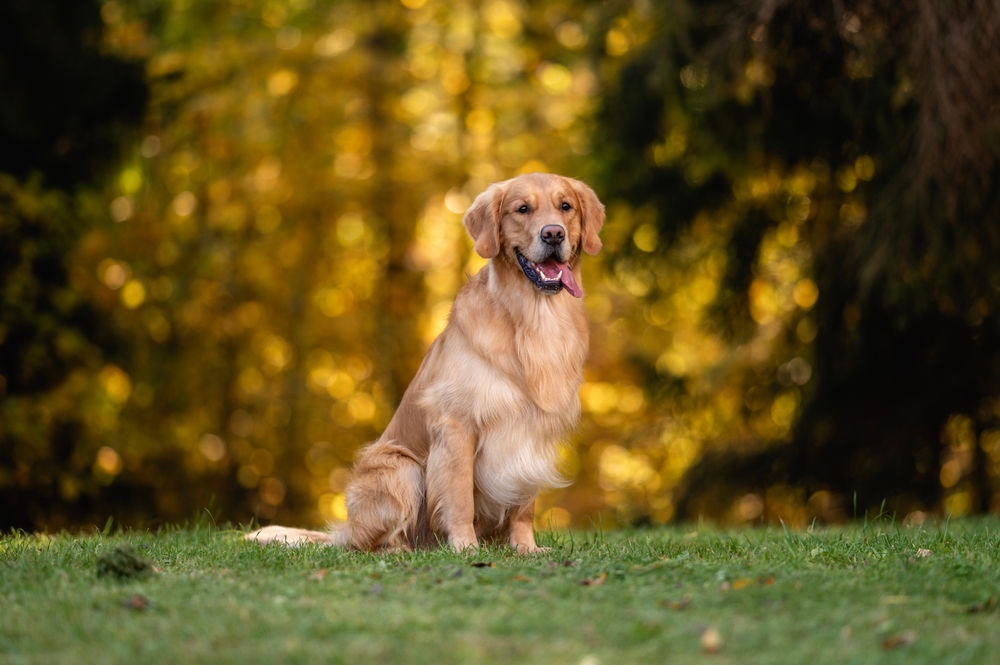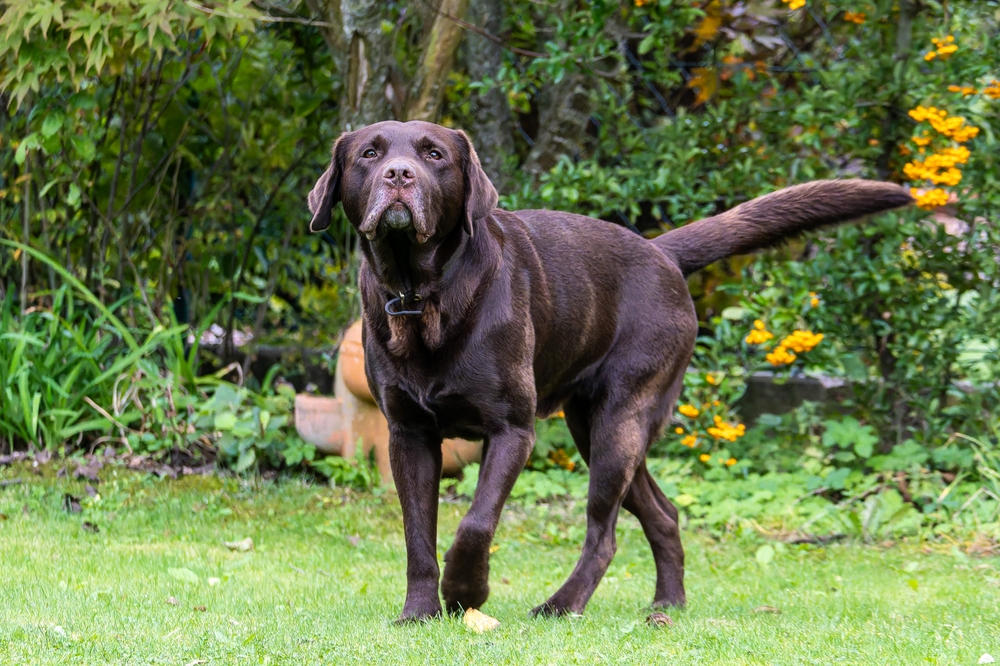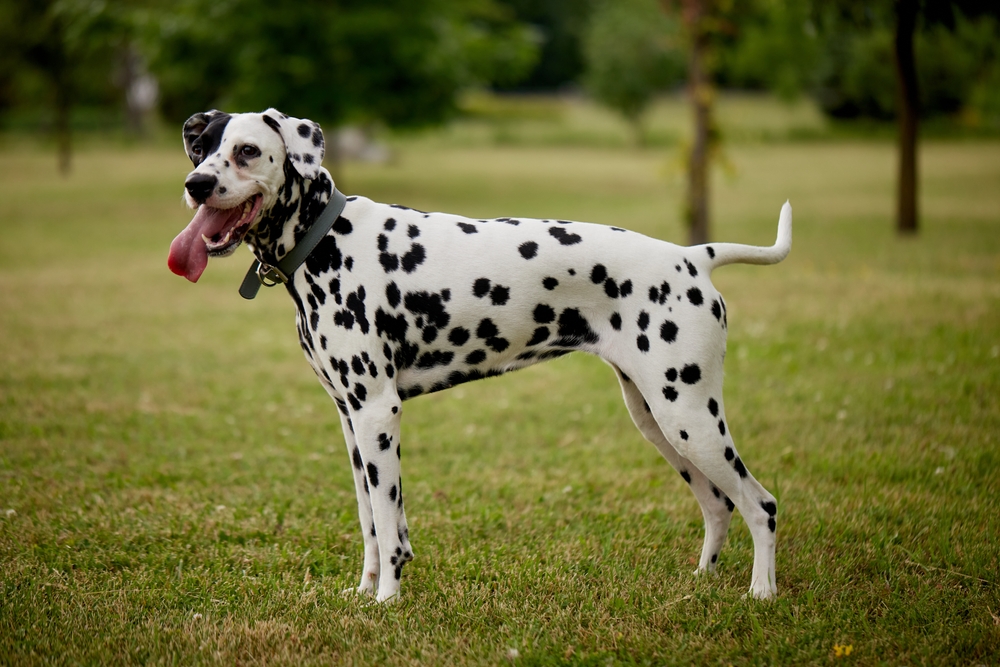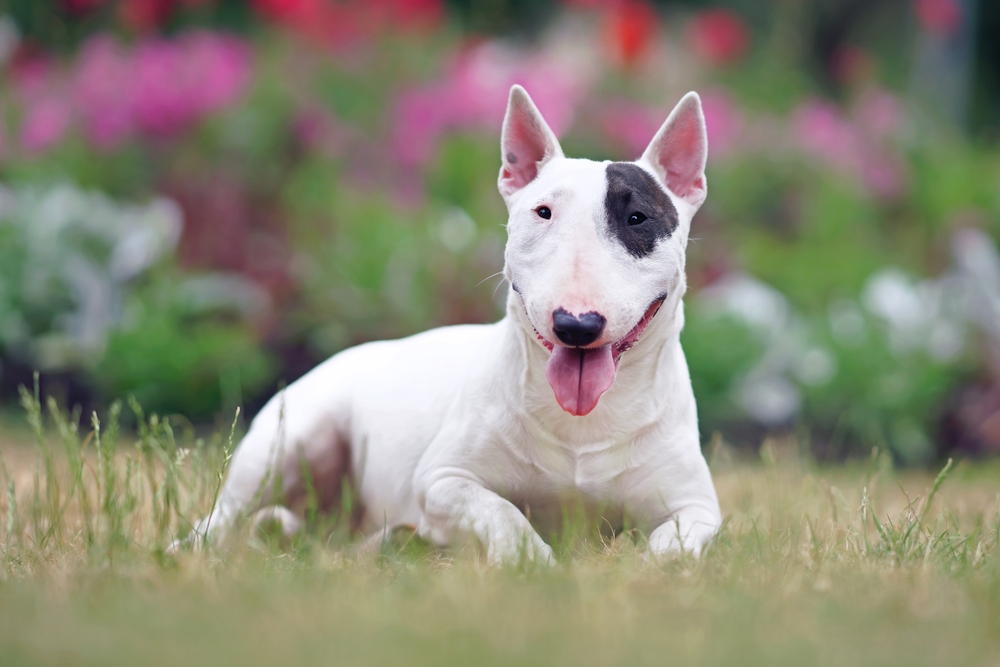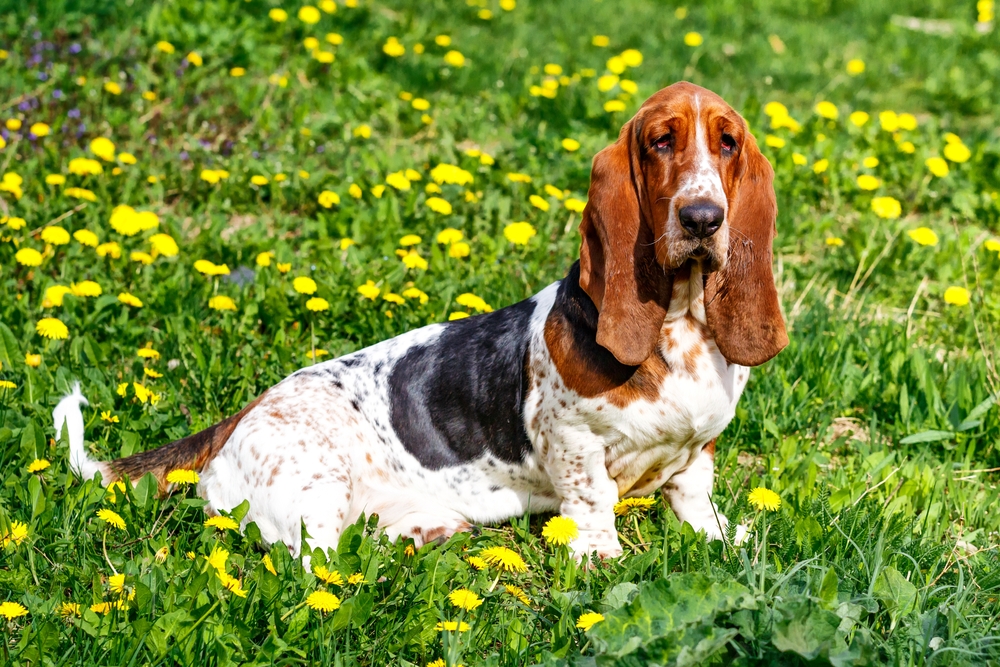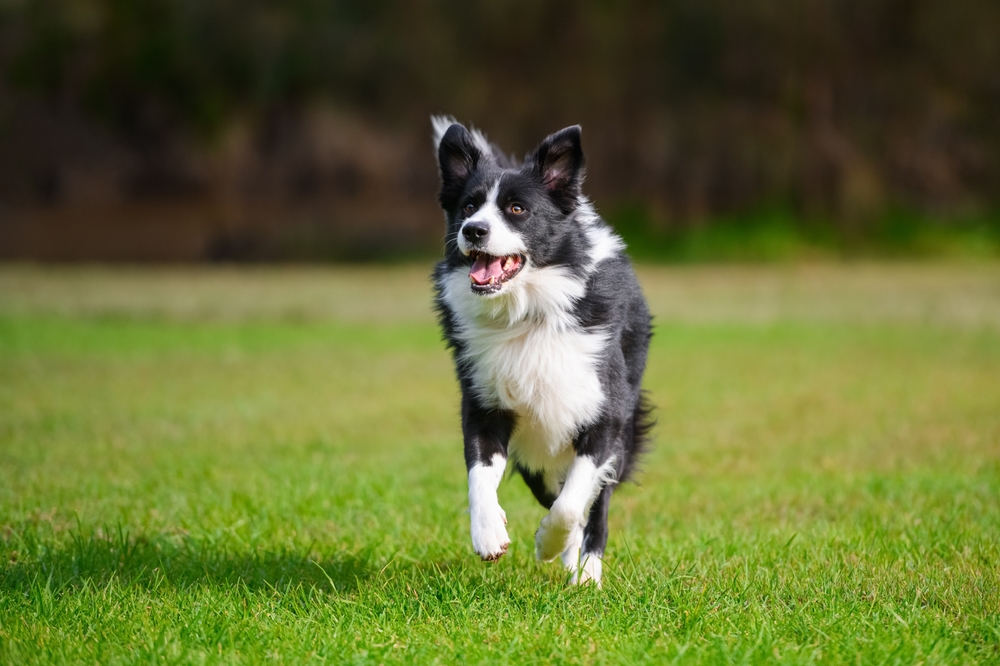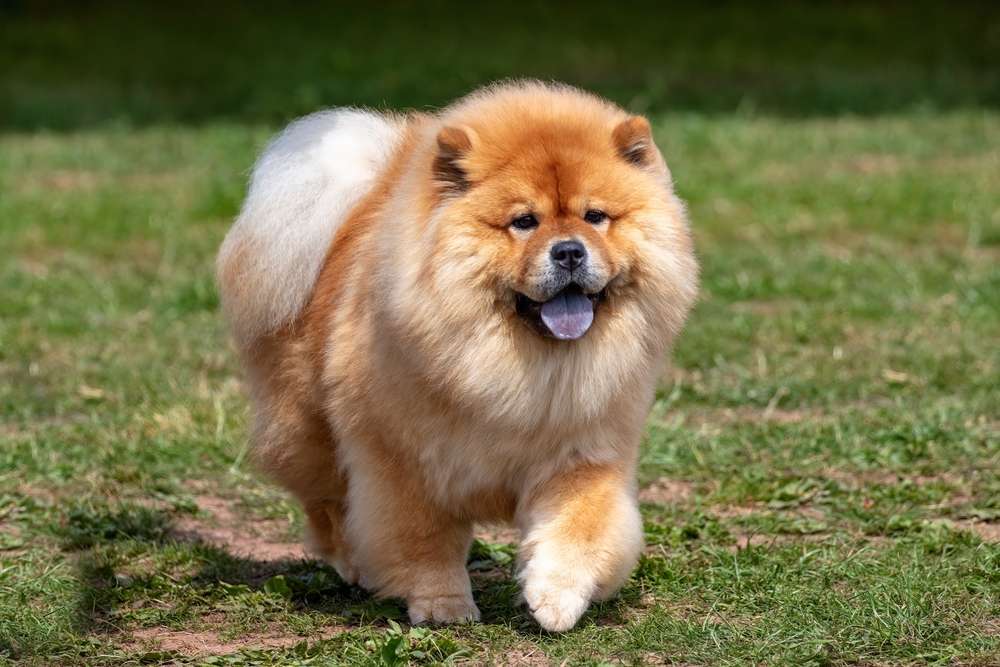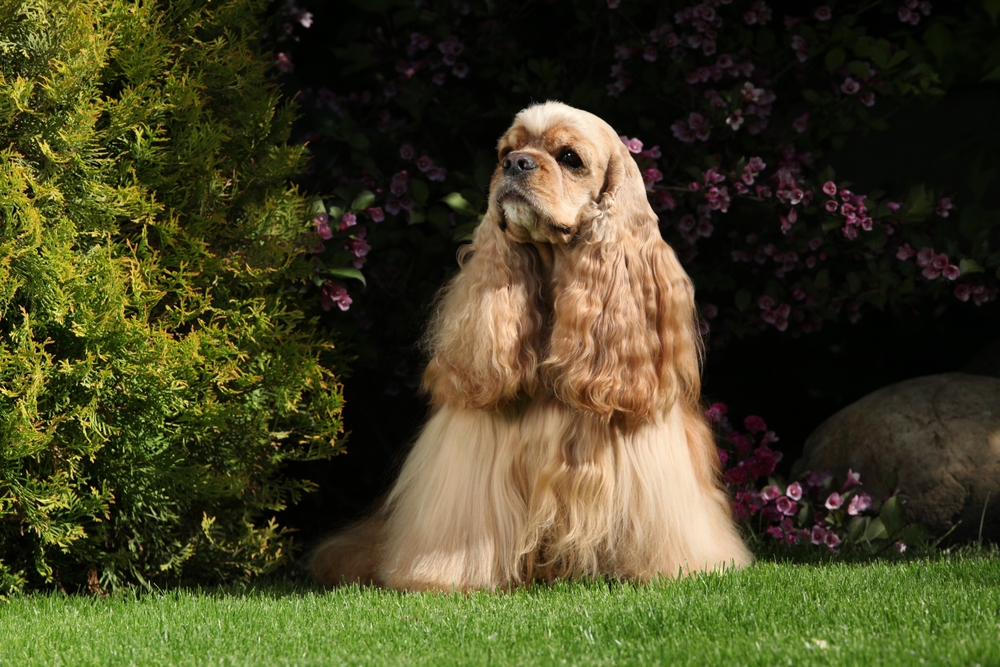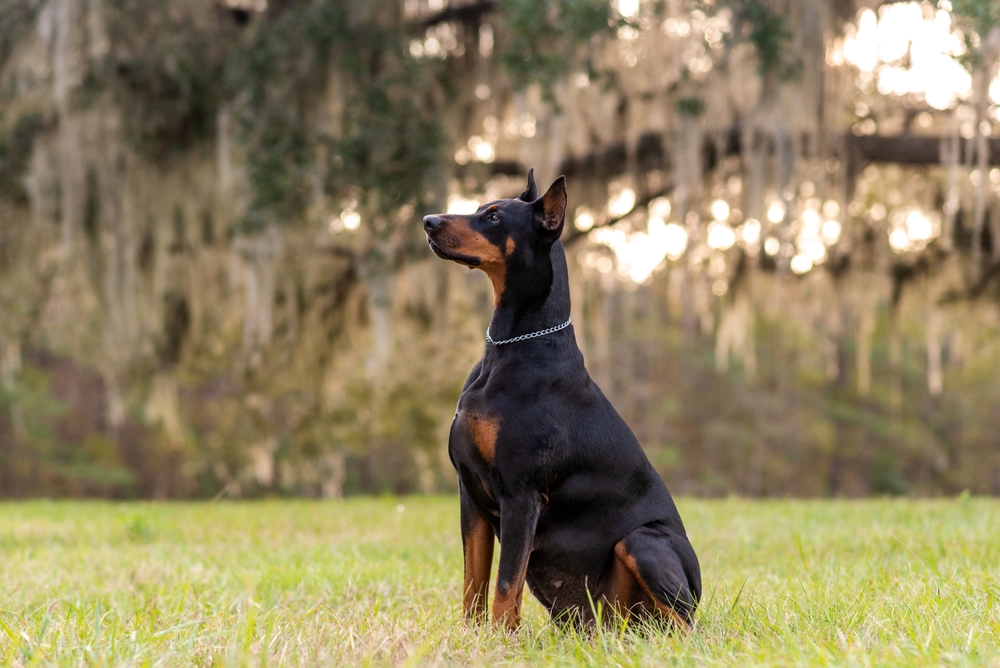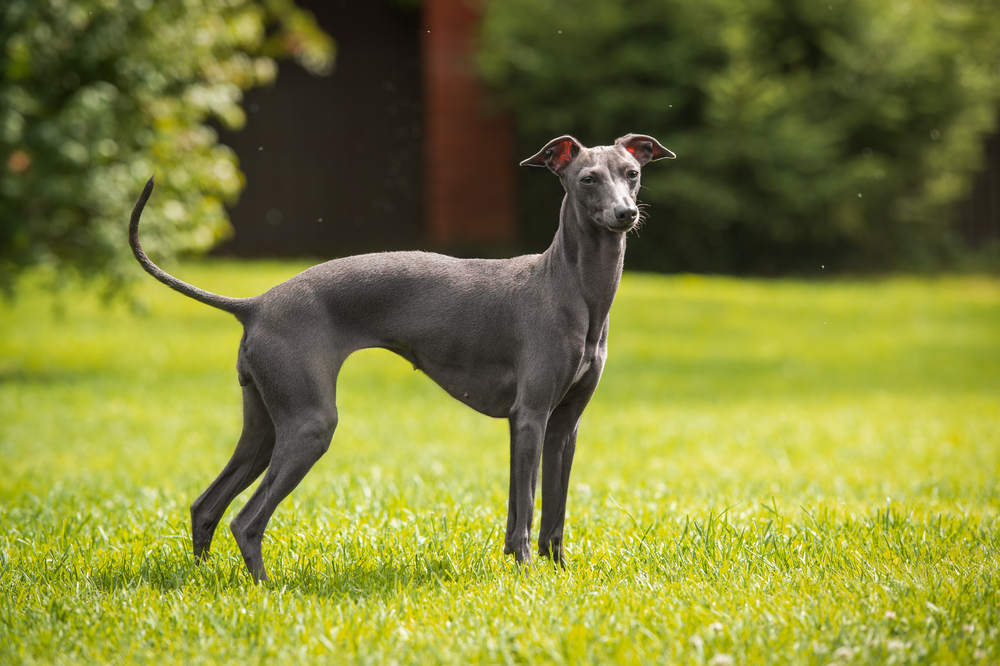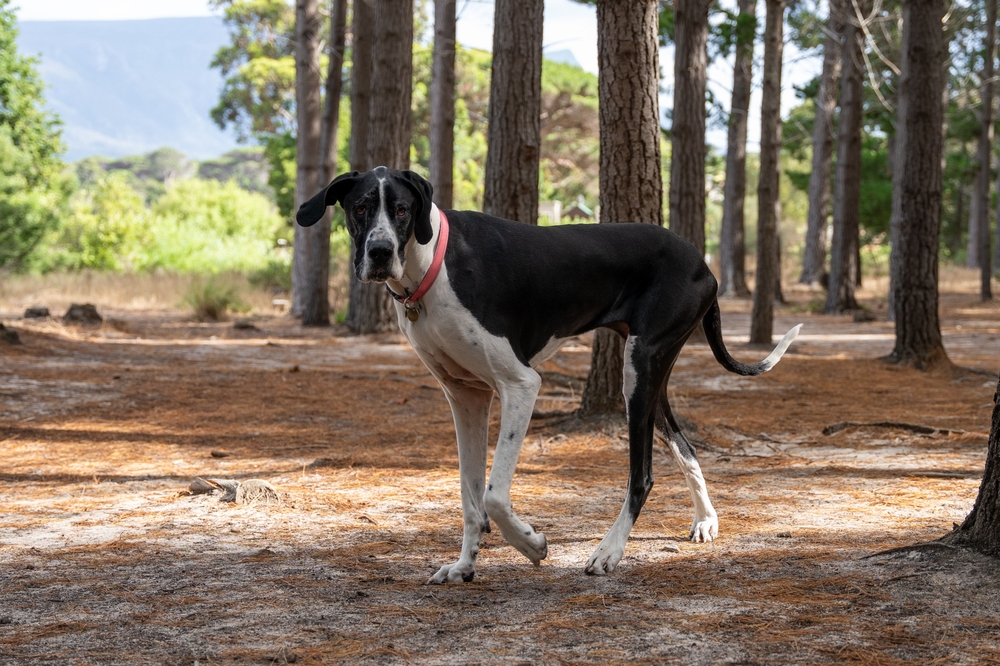The English Pointer’s closest relatives are other pointing and gundog breeds, particularly the German Shorthaired Pointer and English Setter. Historically, they were also influenced by breeds like the Foxhound and early spaniels, giving them both scenting ability and endurance.
About
The Pointer, also known as the English Pointer, is an athletic and highly skilled hunting breed, prized for its ability to locate and “point” game birds with precision and style. Originating in England during the 17th century, the Pointer was developed from a mix of breeds including the Greyhound, Foxhound, Bloodhound, and various spaniels, resulting in a fast, agile, and keen-nosed gundog. The Pointer’s scientific name is Canis lupus familiaris, and it belongs to the family Canidae.
Pointers are medium-to-large dogs, typically standing 23–28 inches (58–71 cm) at the shoulder and weighing 45–75 pounds (20–34 kg). They have a lean, muscular build designed for endurance and speed in the field, with a straight, tapering tail that is often carried level with the back when working. Their short, smooth coat comes in a variety of colors, including liver, lemon, black, or orange, often with white markings. They are known for their noble head, expressive eyes, and graceful stance when locking on to scent.
True to their name, Pointers instinctively freeze and direct their bodies toward game, holding their position until the hunter arrives. They are energetic, focused, and determined in the field, yet gentle and affectionate at home. Their intelligence and responsiveness make them highly trainable, though their strong hunting drive means they thrive in environments where they can put their skills to use.
Pointers need daily vigorous exercise to remain healthy and content, making them best suited for active owners, hunters, or those engaged in dog sports. With their blend of beauty, stamina, and skill, Pointers remain a favorite among sporting dog enthusiasts worldwide.
Physical Characteristics
Pointers, also known as English Pointers, are medium-to-large sporting dogs bred for locating and “pointing” game birds in the field. They are known for their elegant build, endurance, and characteristic pointing stance.
Coat:
They have a short, fine, and smooth coat that lies flat against the body, providing protection without adding weight or drag. Coat colors include solid liver, lemon, black, or orange, as well as combinations of these colors with white, often in patches or ticking.
Face:
Pointers have a well-proportioned head with a pronounced stop and a long, chiseled muzzle. Their nostrils are wide for excellent scent detection. Eyes are medium-sized, expressing intelligence and alertness, with colors ranging from hazel to brown depending on coat color. Ears are thin, pendant-shaped, and set high, lying close to the head.
Body:
They have a lean yet muscular frame with a deep chest for lung capacity, a strong back, and a slightly arched neck that blends smoothly into well-laid-back shoulders. Their physique is built for speed, agility, and endurance in the field.
Tail:
Medium length, thick at the base and tapering to a point, the tail is carried straight and level with the back when the dog is moving or pointing.
Size:
-
Length (Body): Approximately 30 to 36 in (76 to 91 cm) from chest to rump.
-
Shoulder Height:
-
Males: 25 to 28 in (64 to 71 cm)
-
Females: 23 to 26 in (58 to 66 cm)
-
Weight:
-
Adult Female: 45 to 65 lbs (20 to 29 kg)
-
Adult Male: 55 to 75 lbs (25 to 34 kg)
Pointers’ physical characteristics combine speed, stamina, and precision, making them exceptional field dogs capable of covering large areas quickly while holding a distinctive and stylish point when game is located.
Reproduction
The reproductive cycle of the English Pointer follows the standard domestic dog pattern, but their working heritage and athletic build mean careful planning is essential for healthy litters:
1. Mating and Courtship:
English Pointers typically reach sexual maturity between 6 and 9 months, but responsible breeding is delayed until females are at least 18–24 months old and physically mature. Courtship often involves playful interaction and scent-marking before mating occurs.
2. Estrus Cycle:
Females generally come into heat twice a year, with each cycle lasting about 2–3 weeks. The fertile window is usually between days 9–14, though ovulation timing can vary by individual.
3. Gestation:
The gestation period averages 63 days (about 9 weeks). Pregnant females should be kept on a nutrient-rich, performance-oriented diet to support fetal development without excessive weight gain. Regular, moderate exercise helps maintain muscle tone for whelping.
4. Birth of Puppies:
Typical litter sizes range from 6 to 8 puppies, though litters of 4–10 are possible. Puppies are born blind and deaf, completely dependent on their mother for warmth and milk.
5. Care and Nurturing:
For the first 3–4 weeks, the mother provides round-the-clock nursing and care. Puppies open their eyes at about 10–14 days and begin walking shortly afterward.
6. Weaning and Socialization:
Weaning usually starts around 4 weeks, with puppies introduced to softened puppy food while still nursing. Early socialization between 4–12 weeks is critical for Pointers, as they are intelligent, active, and highly trainable dogs that benefit from varied early experiences.
7. Independence:
By 8–10 weeks, puppies are generally ready for rehoming, although some breeders prefer to keep them until 12 weeks to provide additional training and health monitoring.
Because English Pointers can be prone to hip dysplasia, progressive retinal atrophy (PRA), and certain skin allergies, responsible breeders perform genetic and orthopedic health screenings before mating to help ensure the long-term health and soundness of their litters.
Lifespan
Lifespan in the Home Environment:
English Pointers typically live 12 to 17 years, with most averaging around 13–15 years when provided with proper nutrition, regular exercise, and routine veterinary care. Their generally lean build and active lifestyle contribute to their longevity.
Lifespan in Active or Working Roles:
Pointers used regularly for hunting or field trials often maintain excellent cardiovascular fitness and muscle tone. However, the physical demands of active hunting seasons may cause joint wear over time. With proper conditioning and off-season care, their lifespan remains similar to that of non-working Pointers.
Common Health Factors Affecting Lifespan:
-
Hip Dysplasia: Can cause mobility issues if not managed early.
-
Progressive Retinal Atrophy (PRA): A genetic eye disease that can lead to vision loss.
-
Epilepsy: Occasionally seen in the breed.
-
Allergies/Skin Conditions: Can be triggered by environmental or food factors.
-
Hypothyroidism: May affect metabolism and coat quality.
Ways to Maximize Lifespan:
-
Maintain a healthy weight to reduce strain on joints.
-
Feed a balanced diet rich in lean protein and essential fatty acids.
-
Schedule annual veterinary checkups, with hip and eye screenings.
-
Provide daily physical and mental stimulation to keep them engaged.
-
Protect them from extreme heat during hunts or field work, as their short coat offers limited insulation.
With attentive care, English Pointers can remain energetic, agile, and affectionate well into their senior years, often retaining their field drive long after their competitive days are over.
Eating Habits
Diet:
English Pointers require a balanced, high-quality diet to fuel their athletic build and high activity levels. A performance-oriented commercial kibble or fresh-prepared diet should include lean animal protein (chicken, turkey, beef, or fish), healthy fats for sustained energy, and complex carbohydrates for endurance. Omega-3 fatty acids are beneficial for joint health and coat condition.
Feeding Schedule:
-
Puppies (under 6 months): 3–4 small meals daily to support rapid growth and steady energy.
-
Adults: 2 evenly spaced meals per day to maintain consistent energy for active lifestyles.
-
Seniors: 2 smaller meals daily, with calories adjusted to prevent weight gain as activity levels decline.
Eating Behavior:
Pointers are generally eager eaters, especially those in active hunting or training roles. They burn calories quickly, so portion sizes may need to be increased during hunting season or heavy activity periods. However, overfeeding should be avoided to prevent obesity.
Special Considerations:
-
Bloat Prevention: Although not as prone as deep-chested giant breeds, feeding smaller, more frequent meals and avoiding strenuous activity before and after meals is good practice.
-
Joint Support: Supplementation with glucosamine and chondroitin can help protect active dogs’ joints over time.
-
Skin and Coat Health: Diets rich in fish oil or flaxseed oil can help reduce dryness and promote a glossy coat.
-
Digestive Sensitivity: Some Pointers may have food sensitivities; limited-ingredient or grain-free formulas can be helpful if issues arise.
Treats and Extras:
Healthy treat options include apple slices (without seeds), blueberries, carrot sticks, and lean cooked meats in moderation. Avoid high-fat, salty, or sugary human foods, and never feed toxic items like chocolate, grapes, onions, or garlic.
A nutrient-rich, portion-controlled feeding plan tailored to their energy demands ensures that English Pointers stay lean, strong, and ready for long days in the field or on the trail.
Uniqueness
The English Pointer is a refined sporting breed with a distinct blend of athleticism, elegance, and specialized hunting instincts:
Signature Pointing Stance:
The breed’s hallmark is its frozen “point,” where the body becomes motionless, one front paw lifts, and the tail aligns with the back, all directed toward the scent of game.
Exceptional Scenting Ability:
While many breeds track ground scents, Pointers specialize in air scenting, allowing them to detect game birds from a distance and hold their point until the hunter is ready.
Endurance Athletes:
English Pointers are capable of covering large fields for hours at a steady pace without tiring, making them one of the most efficient and enduring bird dogs.
Elegant Appearance with Functional Design:
Their combination of lean muscle, deep chest, and fluid movement gives them both beauty and functionality in the field.
Gentle and Adaptable Temperament:
Despite their high drive in hunting scenarios, Pointers are affectionate, even-tempered, and good with families, provided they receive adequate exercise.
Centuries of Refinement:
Developed in England in the 17th century, Pointers were among the first breeds used to locate game birds before the advent of guns, working alongside setters and spaniels.
Low-Maintenance Coat:
Their short, smooth coat is easy to care for, allowing hunters to focus on performance rather than grooming.
The English Pointer’s combination of specialized hunting skills, striking appearance, and adaptable nature makes it a favorite among upland bird hunters and an admired companion for active households.
Be the First to Share Photos of This Species.
FAQ’s
1. What is the closest species to the English Pointer?
2. How does the English Pointer compare to other breeds?
English Pointers are specialized for air scenting and long-range bird location, setting them apart from other hunting dogs that rely more on ground scenting. Compared to the German Shorthaired Pointer, they are lighter, faster, and more specialized for open-field work rather than multipurpose hunting. They also tend to have a calmer demeanor at home when adequately exercised, though they require substantial daily activity to stay happy and balanced.
3. What national or state parks provide the best chances to see an English Pointer?
English Pointers are a domesticated breed and not found in the wild, but they are often seen in dog-friendly hunting and recreation areas during upland bird season, such as:
-
Sandhills State Wildlife Management Area (Nebraska) – Known for upland bird hunting with open grasslands ideal for Pointers.
-
Pawnee National Grassland (Colorado) – Offers pet-friendly hiking and hunting opportunities in wide-open terrain.
-
Cedar Hill State Park (Texas) – Dog-friendly trails and fields where Pointers may be out training or exercising.
Because of their need for space and love of fieldwork, Pointers are most often spotted in parks, grasslands, and wildlife areas with open terrain where they can range and scent game effectively.



































































